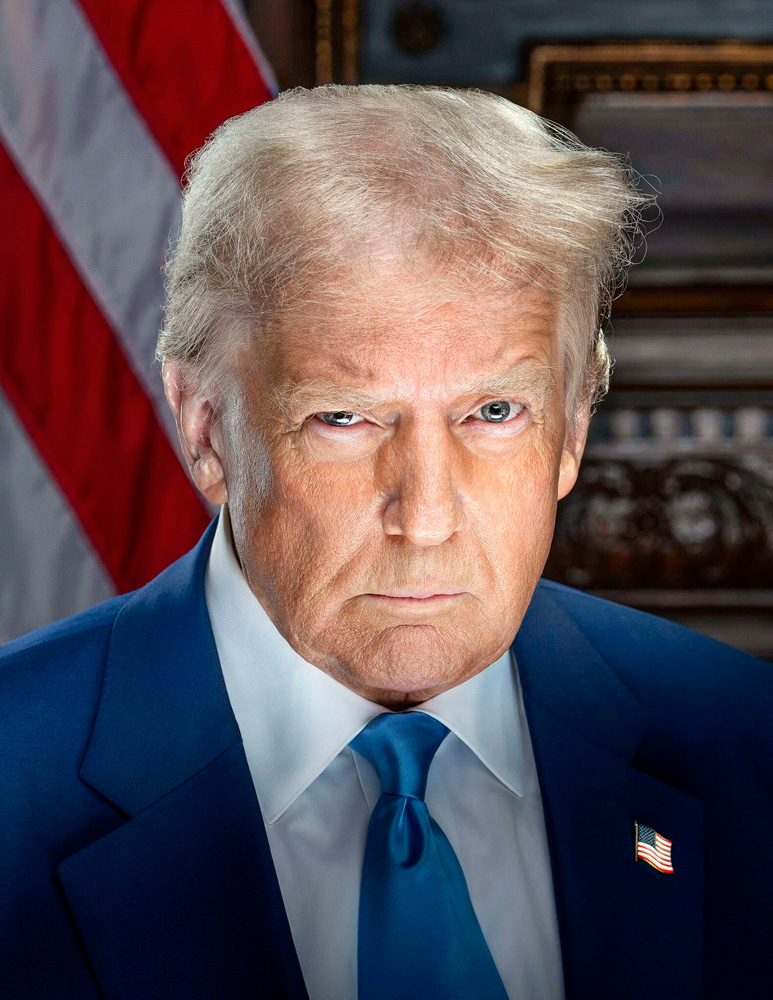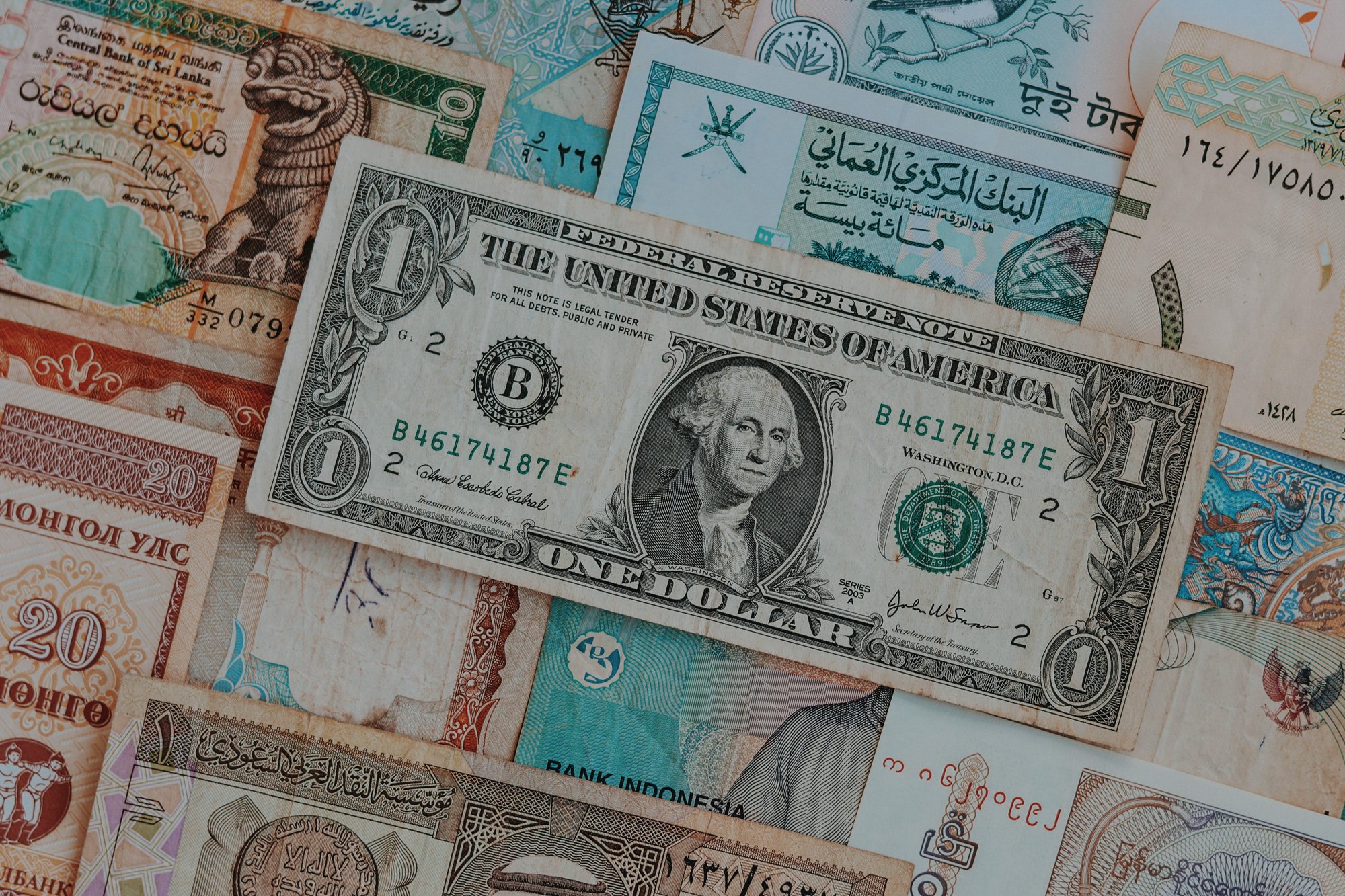The first significant international trade agreement was created after World War II. The General Agreement on Tariffs and Trade (GATT) was signed by 23 countries in 1947 to simplify international trade by removing pre-war trade barriers and protectionist policies like quotas, tariffs, and subsidies.
Today, international trade agreements are still powerful trade tools that create trade opportunities and boost economies by reducing trade barriers and protecting countries’ interests with improved rules of law. Understanding trading agreements is key to ensuring you leverage relevant ones to simplify your shipments.
The History of International Trade Agreements: The GATT and The WTO
The GATT was a successful agreement for 47 years. It reduced tariffs from 22% to 5%, improved the economic hardships contributing to WWII, and founded the most-favored-nation (MFN) principle.
MFN encouraged non-discriminatory trade practices by requiring equal treatment in trade – a country applying specific trading terms to one trade partner must extend these to other trade partners. Equally beneficial treatment streamlines bilateral trade with advantages like lower duties and more lenient trade compliance requirements.
When the World Trade Organization (WTO) emerged in 1995, it dealt with not only trade in goods but also covered the trade of services and intellectual property. The WTO brought the most significant international trade reform since the signing of the GATT.
How Does an International Trade Agreement Influence Global Trade Policies and Practices?
While the GATT strived to encourage multilateral trade, it inspired a series of regional trade agreements:
- Europe began its journey of economic integration with the European Coal and Steel Community in 1951, leading to the formation of the European Union, and
- The North American Free Trade Agreement (NAFTA), now the USMCA, was formed in the 1990s between the USA, Canada, and Mexico.
However, regionalism grew alongside multilateralism as countries still sought to establish international trade agreements for greater tariff reductions. The term “multilateralizing regionalism” emerged to describe the need to globalize regional trade agreements and reorganize trade agreements for effective multilateral and duty-free trade.
The WTO came to absorb the GATT due to its powerful influence and ability to carry out and extend the principles of GATT. The principle of MFN carried over to the WTO, largely underpinning the organization as a founding principle. Today, MFN is more often known as “permanent normal trade relations” (PNTR).
A country without PNTR status is at risk of discriminatory import tariffs on its products. Only Cuba, North Korea, Russia, and Belarus have been revoked of their PNTR status by the United States and other G7 countries. The ongoing US-China trade war constantly threatens China’s PNTR status with the US.
What Is An Example of an International Trade Agreement?
There are many kinds of international trade agreements. These include World Trade Organization (WTO) agreements, Free Trade Agreements (FTAs), Regional trade agreements (RTAs), foreign trade agreements, and Bilateral Investment Treaties (BITs).
How Do You Qualify For a Trading Agreement?
To qualify for most trading agreements, you must prove that your products originate from a preferential or member country and have a relevant goods classification.
Goods must be classified with HS codes, meet Rules of Origin requirements, and have a Certificate of Origin, among other factors.
International Trade Agreements and Comparative Advantage
A country can typically produce certain goods or services at a lower cost than its competitors, giving them a comparative advantage over the goods. When countries accept this and focus on producing what they make better and cheaper domestically, they can trade these goods with other countries.
An example from Investopedia is US versus Chinese labor. China has a comparative advantage in producing simple consumer goods at lower costs, while the US has a comparative advantage in producing sophisticated goods at lower costs.
Comparative advantages demonstrate why protectionism is largely unsuccessful in trade. By withdrawing from an international trade agreement or implementing import tariffs, a country creates domestic jobs but risks losing access to cost-effective foreign goods.

What Are The Benefits of International Trade Agreements?
International trade agreements reduce trade barriers, but their benefits extend beyond this. Let’s explore a few benefits of trading agreements:
- Members can enter new markets with preferential duty rates and reduced tariffs, as well as dispute mechanisms for better cooperation and compliance,
- Trading agreements grow and develop economies by creating jobs, attracting investments, increasing a country’s output and revenues, supporting domestic businesses, and enabling economies of scale,
- Environmental laws, provisions, objectives, and cooperation can support and accelerate sustainability goals and awareness,
- These agreements diversify goods available to consumers, improving the standard of living,
- Giving companies access to a new customer base increases profit margins,
- Trading agreements drive innovation as domestic companies adapt to compete in global markets, and countries transfer technology and skills, and
- They improve international relations through interdependence and mutual benefits.
How Do Sanctions and Tariffs Impact International Trade?
Sanctions and tariffs are on the opposite end of the spectrum to trade agreements as they add barriers to trade.
Sanctions can significantly influence international trade by restricting or prohibiting specific transactions with targeted countries or entities. These measures may include trade embargoes, asset freezes, and travel bans. Sanctions can disrupt supply chains by limiting access to critical components or markets.
Additionally, trade tools like tariffs can upend supply chains reliant on a trading agreement. According to S&P Global, automobile manufacturers that rely heavily on the USMCA, like Ford, GM, and Stellantis, will likely experience slow or ceased production for high-exposure vehicles if Trump implements tariffs on imported vehicles.
With President Trump’s recent tariffs on a wide range of imported goods, US companies are slowly reshoring to avoid their goods facing heavy tariffs when shipped to US markets. The resulting developments show the powerful effect of tools like tariffs on global trade:
- TSMC has announced a $100 billion investment in its Arizona-based semiconductor chips manufacturing plants,
- Apple plans to expand teams and facilities across America with over $500 billion over the next 4 years, creating 20,000 jobs,
- Wisconsin-based Clairos has announced a $6 billion investment to support US manufacturing and innovation, and
- Samsung and LG have reportedly considered reshoring electronic plants from Mexico to the US.

Staying informed about current and incoming sanctions and tariffs is essential for risk management, as violating these regulations can lead to significant penalties, financial losses, and loss of access to foreign markets.
International Trade Agreements and Supply Chains
Nearshoring
Nearshoring refers to the relocation of business operations to nearby countries. This not only reduces costs but decreases time to market, reduces timezone differences, enables faster delivery times, creates multiple export locations, and helps build more resilient supply chains less vulnerable to geopolitical instability.
Regional Trade Agreements often promote, simplify, and facilitate nearshoring. The USMCA demonstrated this well before Trump’s new tariffs, as US-China decoupling led to strategic nearshoring of US companies into Mexico for supply chain diversification, duty-free US imports, and lower labor costs.
Friendshoring
Friendshoring describes prioritizing trade relations with politically and economically aligned nations to reduce reliance on geopolitical rivals. Stronger trade relations are valued over cheap labor and manufacturing costs.
Friendshoring differs from nearshoring. Relying on “friendly” countries for supply chain and production activities strengthens supply chains against risks while making trade more efficient.
Think of Apple moving its production site from China to India, a country with a stronger trade relationship with the US. However, new reciprocal tariffs on many goods imported to the US could upend friend-shoring efforts like this.
Interestingly, “Friendshoring may cause real GDP losses in global GDP of up to 4.6%,” according to Javorcik, B.S., et al.
Decoupling
Decoupling describes the weakening of interdependence between two or more nations or blocs of nations.
According to the Atlantic Council, the US-China trade war has resulted in an ongoing decoupling between the two nations, especially concerning semiconductors. The US aims to manufacture its own semiconductors and control the diffusion of AI tech to adversaries like China. Conversely, China strives to propel its global leadership by fabricating its own semiconductors and AI technology.
The decoupling of nations can direct them towards more economically and geopolitically beneficial trading agreements.
Reshoring
Reshoring refers to a business returning its overseas production and manufacturing to its original country – often as a result of decoupling. It is the opposite of offshoring, where a business moves manufacturing overseas for more cost-effective labor.
Reshoring typically creates manufacturing jobs while balancing trade deficits. It can also mitigate risks caused by international trade disruptions.
Leverage International Trade Agreements & Access New Markets
International Trade Agreements have a range of advantages for global trade. Still, importers and exporters must understand goods classifications and keep up with ever-changing trade landscapes to ensure they can benefit from these trade tools while navigating trade barriers like sanctions and tariffs.



